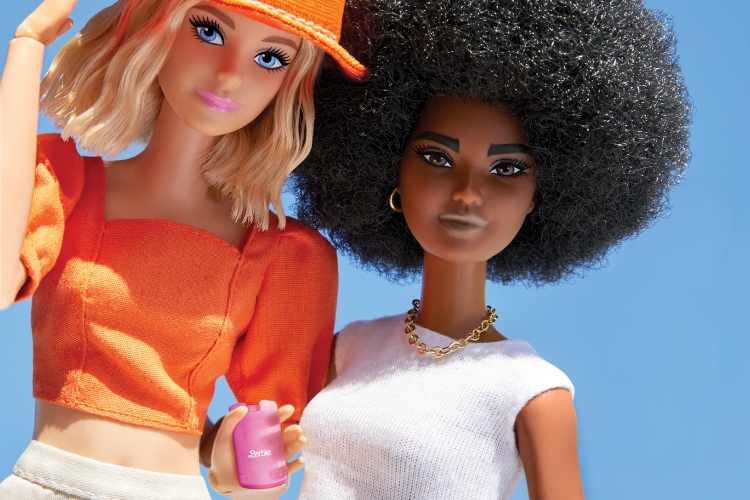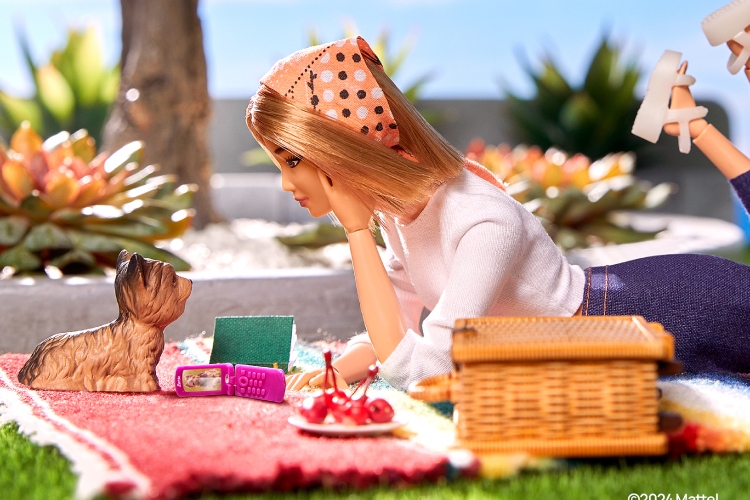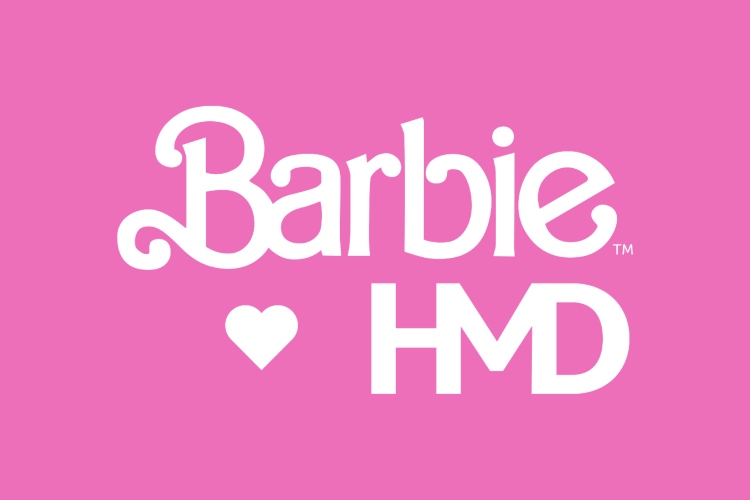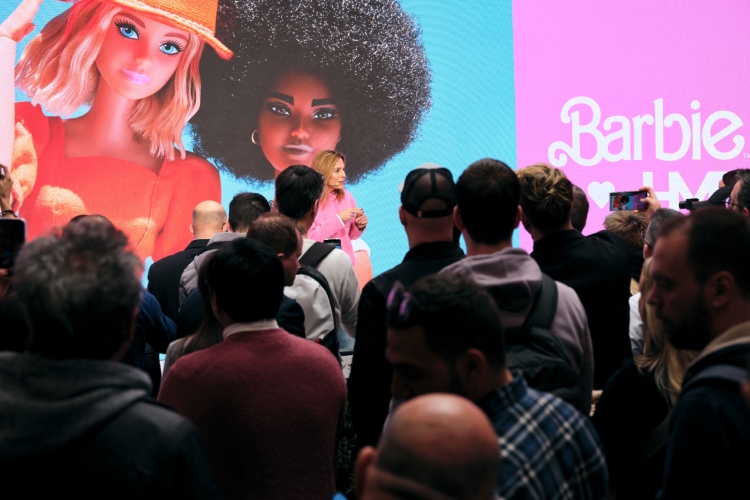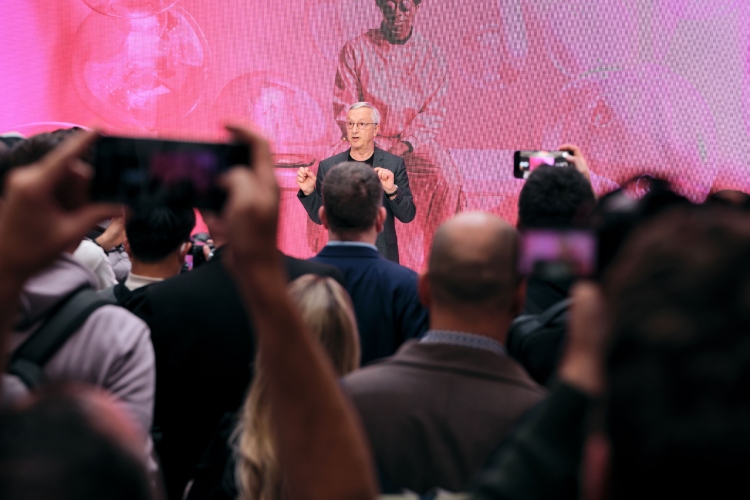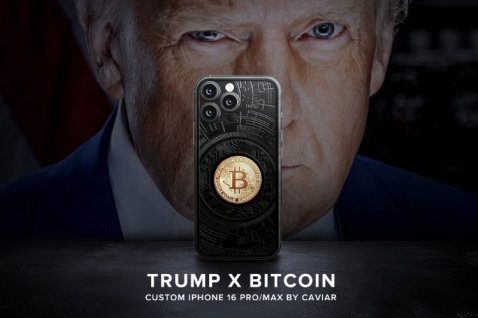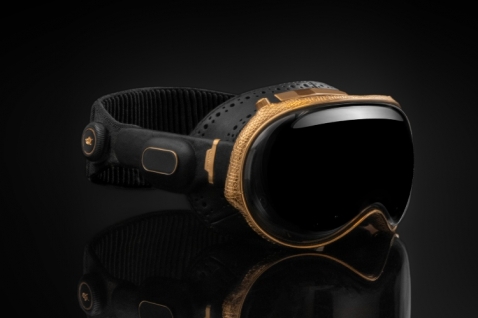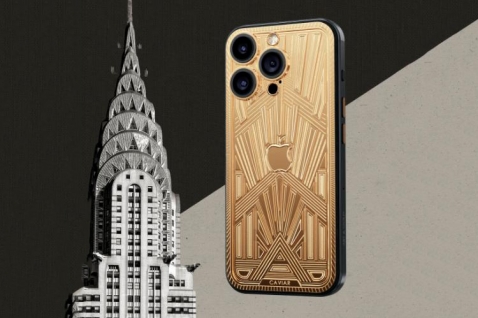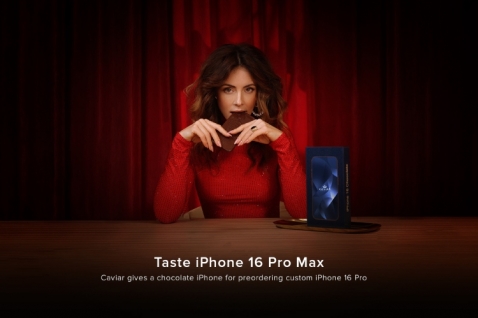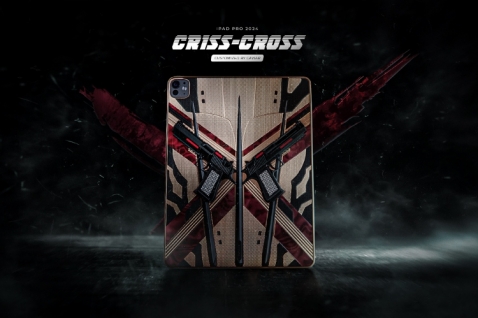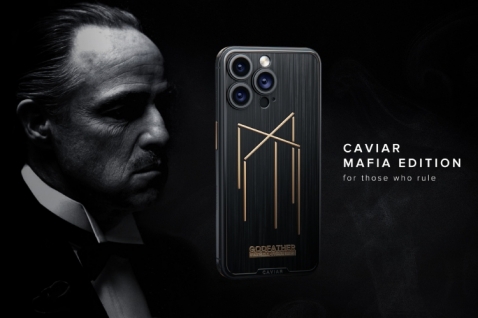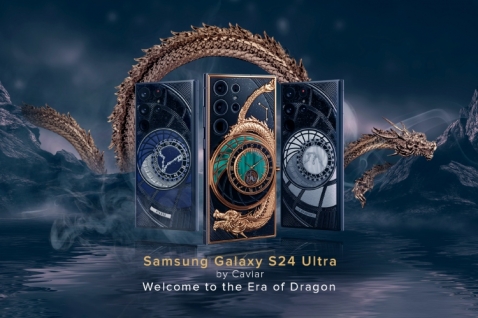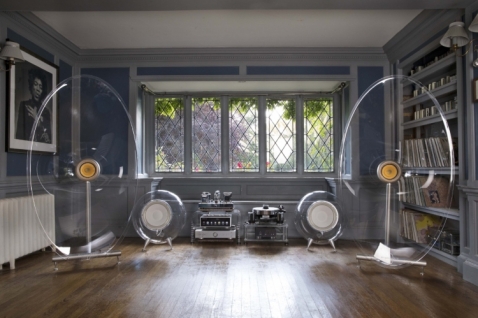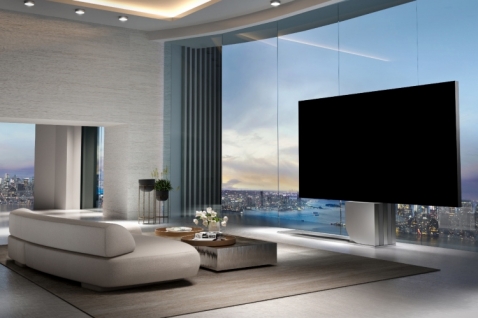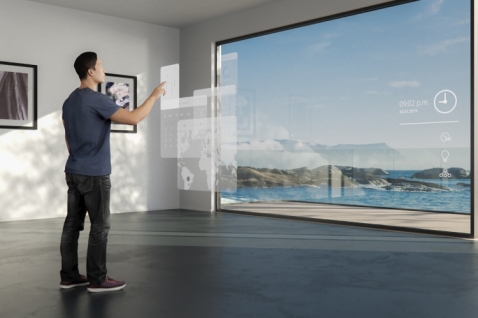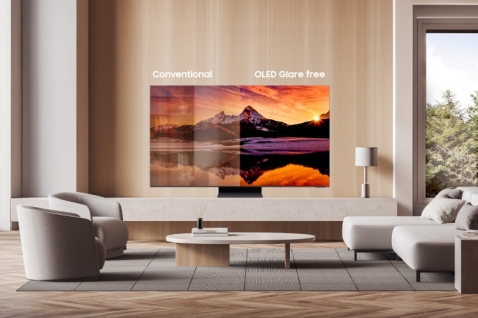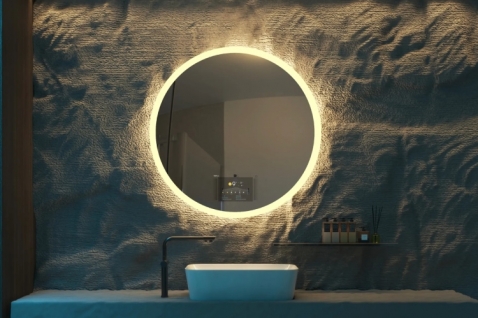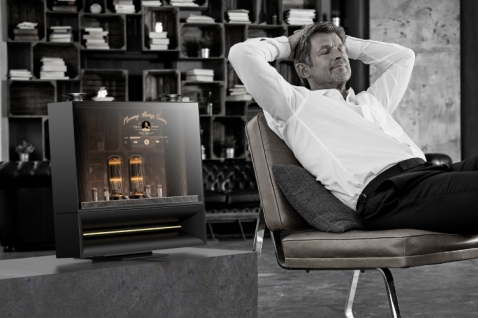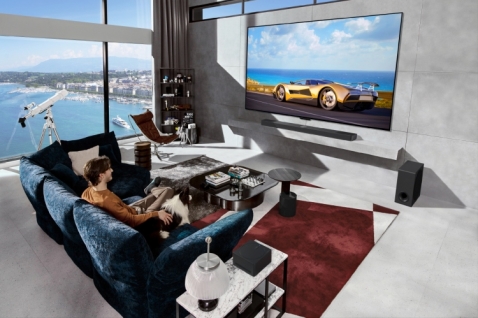More photos
In an era dominated by smartphones and digital connectivity, a surprising trend is gaining popularity: flip phones.
Leading this trend is Human Mobile Devices (HMD), the largest producer of smartphones. In collaboration with Mattel, the legendary brand behind Barbie dolls, HMD introduces the Barbie Flip Phone, set to debut officially this summer.
Barbie, renowned worldwide for her timeless design and empowering ethos, brings her signature style into the world of technology. Inspired by the iconic style of the famous doll, the Barbie Flip Phone promises a blend of vintage chic with modern functionality, accentuated by touches of pink and, of course, glamour.
But what's driving this sudden interest in flip phones, especially among younger generations?
For starters, there's growing concern over the negative effects of excessive screen time on mental health. Studies show that young people, especially Gen Z, actively seek ways to limit smartphone usage. Phones with features that offer a simpler, less intrusive experience are becoming increasingly popular among those seeking digital detox.
In fact, the rise of the "screenager" movement, epitomized by hashtags like #bringbackflipphones on platforms such as TikTok, underscores a cultural shift towards more mindful technology use. Even celebrities have embraced the flip phone lifestyle, signaling broader social acceptance of this trend.
Arne Matthiasen, an advocate for the classic phone movement, emphasizes the positive impact of transitioning from smartphones to flip phones. Through his work with young people in Denmark, he has firsthand witnessed how adopting a simpler device can lead to increased social interaction, better sleep, and reduced anxiety.
"My students participate in experiments where they switch to a classic mobile phone for ten days," explains Matthiasen. "The results are clear—they chat more, sleep better, and feel less anxious. It's all about finding balance in the digital world."
As HMD reports an uptick in flip phone sales, it's evident that the appeal of these devices goes beyond nostalgia. They represent a conscious choice to prioritize real-world connections over digital ones.

